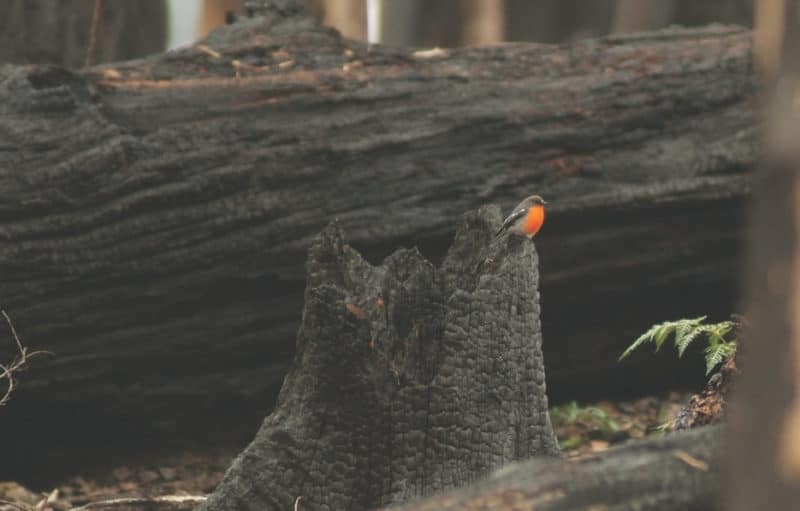PARK WATCH March 2019 |
The Victorian Bushfires Royal Commission made 67 recommendations.
Some have been fully implemented, others have been carefully revised, and a few have been largely ignored. The areas where the commission called for action are summarised here.
Improve community education, the effectiveness of warnings and strategies for safe evacuation.
Much has been done here, especially in relation to fire warnings. However there has been no big increase in people developing and maintaining fire plans, and the safest response to a fire, ‘leave early’, is not well observed. The commission made no recommendation for compulsory evacuation, which is a relatively effective safety strategy in Canada and the USA.
Establish a comprehensive approach to shelter options.
The commission’s second Interim Report urgently called for an approved standard for personal bushfire shelters. An approved design standard was developed quickly, but little has been done to educate the public about the usefulness of well-designed private shelters/bunkers, or to facilitate their construction. The establishment of recognised ‘neighbourhood safer places’ has been slow.
Upgrade emergency management, including fire path prediction and the revision of lines of authority.
Many changes have happened here, and continue to happen, including improved access to fire mapping and fire behaviour predictions. The computer model Phoenix Rapidfire, the standard tool, is a sophisticated predictor of fire behaviour, but there remain questions about the skill levels of operators, and the accuracy of data input for fuel levels.
Upgrade the capacity to respond to fire ignitions, including aerial response.
The biggest change here is that aircraft are now notified as soon as a fire is reported, allowing them in some instances to get to an ignition point within 10-15 minutes, when control is most effective. Victoria had 49 aircraft in standard deployment this season and, in a quite radical move, pilots are now being trained to fight fires at night. Victoria’s capacity for aerial control of bushfires is growing.
Power lines should go underground.
This recommendation was rejected by government, even though five of the 15 fires the commission examined (including the most deadly, the Kilmore East fire) were caused by power line failure. However, modifications have been made to power lines, including the triggering of automatic circuit reclosers when a power line fails.
There should be a commitment to research and effective action on arsonists.
A range of actions has been taken on this major cause of fire, and research into the psychology of arson continues. A recent study showed that a large proportion of arsonists are unemployed youth on the urban fringe. The relationship between social isolation and arson has not yet been addressed by effective action. Arson remains
a big problem.
Planning and building controls need strengthening.
Initially the response was strong, with land buy-backs, planning changes and improved building codes. But government baulked at a full buy back and developments continue to grow in high fire risk locations. And while there has been progress, there is still work to be done strengthening ember-proof building design and retrofitting existing buildings. Problems remain with vegetation clearance.
Improved fuel reduction burning effectiveness.
The commission’s recommendation for an annual target of 5 per cent (390,000 hectares) of public land proved unachievable, and encouraged unnecessary large, and environmentally damaging, burns in the remote Mallee, with little added benefit for public safety. It has been changed to a more strategic ‘risk-based’ target. The recommendation to monitor the impacts of planned and wild fire on biodiversity has led to over $10 million allocated to monitoring programs, but a recent report says the findings from those programs have not yet generated any significant change in fuel management.
Implementing the recommendations.
The Implementation Monitor for the commission’s recommendations, Neil Comrie, pointed out that the 67 recommendations shouldn’t be considered in isolation. Rather, all identified strategies to protect life (as a priority), infrastructure and the environment should be considered together. Despite its limitations, fuel reduction planning continues, to a large degree, in isolation from other very useful strategic options.
And climate change is still the elephant rampaging through the room.
Did you like reading this article? Want to be kept up to date about nature issues in Victoria? Subscribe to our email updates.
You can also receive our print magazine Park Watch four times a year by becoming a member. Find out more here.
